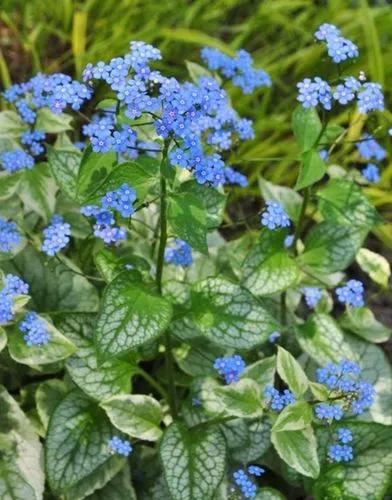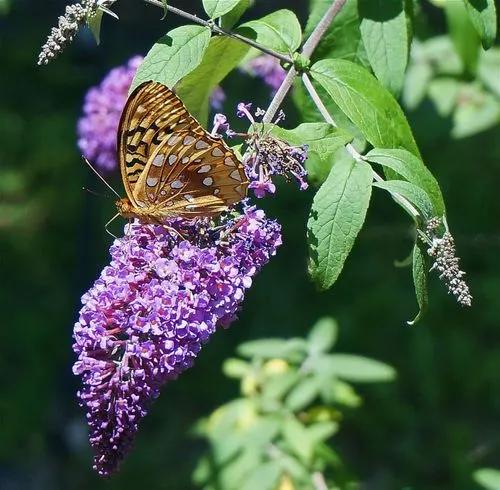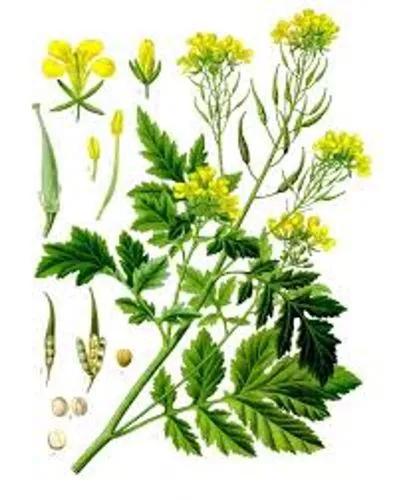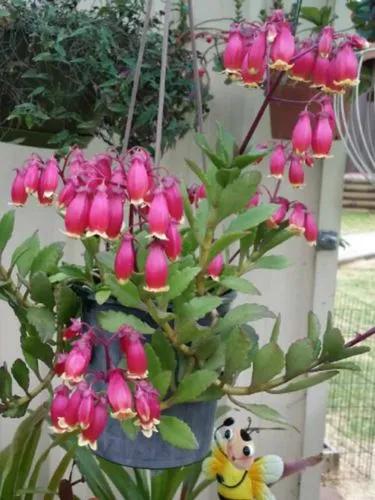Glabrous, somewhat glaucous annual; stems 10-45(-65) cm, usually single, erect, simple or branched above, stout. Leaves 15-35 x 10-25 mm, elliptical or obovate, truncate or semiamplexicaul at base, mostly verticillate but some opposite or alternate. Racemes rather dense, greatly elongating in fruit; flowers subsessile. Calyx 9-12 mm; lobes ovate to lanceolate, obtuse to acute, unequal. Corolla 20-30 mm, white (rarely pale yellow or violet) with orange palate and violet spur; spur 8-11 mm. Capsule c. 8 mm. Seeds c. 1.5 mm, tetrahedral, strongly ruminate-alveolate, greyish-brown, with acute angles.
Three-Coloured Toadflax Care
Linaria triphylla



Toadflax is considered an excellent plant for growing in any garden, as it is unpretentious, drought-resistant and perfectly tolerates severe frosts.Asthenia of this variety is considered one of the tallest in the whole genus, since the stems can reach a height of 1 meter. The herbaceous bush has a rather dense and neat shape, up to 50 cm in diameter. Flowers bloom on the tops of the stems in the form of a spike-shaped inflorescence. One flower reaches about 2-4 cm in length. Painted in a rich yellow color with an orange throat. The variety does not tolerate winter well and is cultivated as an annual.
This plant might be poisonous
How to get rid of: Choose an herbicide labeled for use against toadflax, and apply it according to the label instructions. Apply herbicides to Dalmatian toadflax in spring and to yellow toadflax in late summer or fall. Your local cooperative extension agent can suggest the best herbicide for growing wild toadflax control in your area.
Discover more plants with the list below
Popular articles






